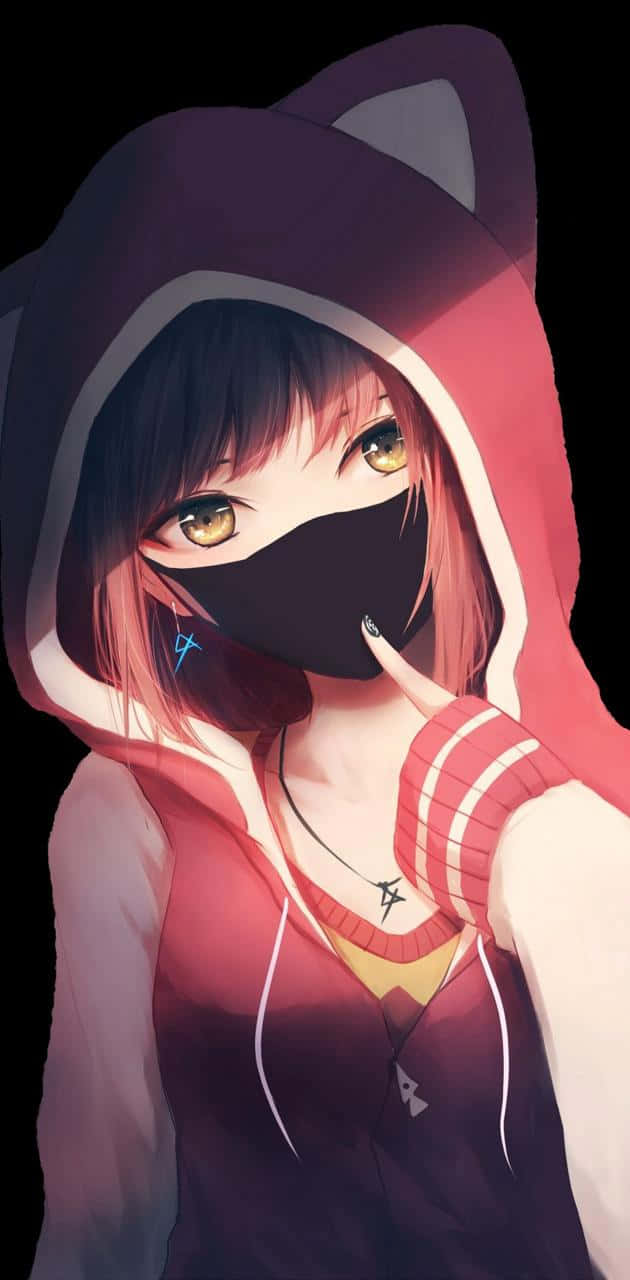Customizing a shirt presents a wonderful opportunity to express your individuality, creativity, and style. Whether you’re looking to create a one-of-a-kind piece for yourself, design a shirt for an event, or even start a small business, knowing how to customize a shirt can open up a world of possibilities. This guide will delve deeply into the various methods available, from basic techniques to advanced design concepts, ensuring you can transform any shirt into a personalized masterpiece. So whether you want to add a clever quote, stunning graphics, or unique patterns, by the end of this article, you’ll be equipped with all the knowledge and inspiration needed to embark on your customization journey.

Contents
Understanding Your Options for Customization
Before you start customizing your shirt, it is important to understand the myriad of options available. Customizing a shirt can involve various methods, each with its own merits and best use cases. Generally, you might consider:
- Screen Printing: This intricately detailed technique is ideal for designs with bold colors and larger graphics. It’s a popular choice for events, such as reunions or concerts, where the design will be reproduced on multiple shirts.
- Direct-to-Garment (DTG) Printing: This method utilizes specialized printers that can print full-color designs directly onto fabric. It’s perfect for intricate artworks or images that require fine details.
- Heat Transfer: Using specially printed materials, this method involves applying heat to transfer a design onto the shirt. It is highly versatile and can range from simple text to elaborate images.
- Embroidery: For a classic look, embroidery adds a textured dimension to your shirt. This method typically works well for logos or text that need to withstand more wear and tear.
- Sublimation: This technique uses heat to transfer dye onto the fabric, which allows for vibrant colors and can be applied to polyester and polyester blends.
Understanding these methods will help you choose the right customization technique that suits your design needs and desired outcome.

Choosing the Right Shirt Material
To customize a shirt successfully, choosing the right fabric type can make a significant difference in both the final product and the ease of customization. Common materials used for shirts include:
- Cotton: This is one of the most popular choices due to its comfort and breathability. Cotton shirts are ideal for most customization techniques, especially screen printing and heat transfer.
- Polyester: This fabric is highly durable and resistant to wrinkles and shrinking. Polyester is excellent for sublimation printing, as the dye bonds effectively with the fibers.
- Cotton/Poly Blends: A mixture of cotton and polyester combines the benefits of both materials. Blends can facilitate various printing methods while maintaining comfort.
- Linen: While elegant and breathable, linen can pose challenges for certain customization techniques. It tends to be less durable in terms of printing.
- Bamboo: Eco-friendly and soft, bamboo fabric is increasingly popular, albeit a bit less common for customized shirts. However, it works well with DTG and screen printing.
Choosing a fabric that aligns with your intended design and printing method is essential to achieving the best results when figuring out how to customize a shirt.
Tools and Materials Required for Customization
Once you’ve decided on the customization technique and shirt material, the next step is gathering the necessary tools and materials. Here’s a breakdown of what you might need:
- Design Software: Programs like Adobe Illustrator, Photoshop, or free alternatives such as GIMP and Inkscape are essential for creating or editing your shirt designs.
- Printer: Depending on your chosen method, you’ll need the appropriate printer: screen printing setup, DTG printer, or a heat press for transfers.
- Shirt Blank: Select a high-quality blank shirt that fits your desired criteria for fit and durability.
- Transfer Paper or Film: If you’re opting for heat transfer, ensure you choose the right type of transfer paper for your printer.
- Weeding Tools: For vinyl or heat transfer projects, weeding tools help remove excess material around your design after cutting.
- Squeegees and Inks: For those using screen printing, you’ll need inks and squeegees to apply your designs.
Gathering the necessary tools and materials in advance will streamline your customization process and make how to customize a shirt more enjoyable.
Designing Your Custom Shirt
When it comes to customizing a shirt, the design aspect is one of the most enjoyable parts of the process. Here are some tips to consider when creating your design:
- Inspiration: Seek out design inspiration from various sources, including fashion magazines, online platforms like Pinterest, or social media. Create a mood board to organize your ideas.
- Define Your Audience: If you’re designing for an event or for a group, consider their preferences and styles. This consideration will help your design resonate better with the intended recipients.
- Colors and Fonts: Choose a color palette that reflects the emotion you want your design to evoke. Likewise, pick fonts that are visually appealing and legible. Avoid overly complex font styles that might get lost in the final product.
- Mockups: Use software to create mockups of your shirt design, which will give you a preview of how the final product will look. Make adjustments to enhance aesthetics or ensure that text aligns properly.
- Test Your Design: Before committing, print a test version of your design on paper to assess the color balance, layout, and overall appeal. This step can help you catch any issues before finalizing your shirt.
Taking the time to thoughtfully design your custom shirt will result in a product that reflects your vision and ultimately satisfies your target audience.
The Customization Process: Step-by-Step
Having set your design, you’re now ready to enter the process of customizing your shirt. Here’s a simplified step-by-step guide:
- Prepare the Design: Finalize your design in the required format (JPEG, PNG, SVG), ensuring it’s the right size for printing on the shirt.
- Select Customization Method: Depending on your chosen method (screen printing, DTG, etc.), prep the shirt and materials according to the specific technique.
- Printing/Transferring: Follow the instructions for your specific method:
- For screen printing, apply inks through the stencil using a squeegee.
- For DTG, load the shirt and let the printer do its job.
- For heat transfer, print the design on transfer paper and apply heat using a heat press.
- Curing/Finishing: Once the design is applied, ensure you properly cure the inks or materials per the manufacturer’s guidelines to set the design for lasting durability.
- Final Touches: After allowing the shirt to cool or cure, inspect your final product for any defects. Make necessary adjustments or touch-ups as required.
- Care Instructions: Properly communicate care instructions to ensure your shirt retains its design for years to come.
The customization process can initially seem overwhelming, but following these steps will lead you to create stunning, personalized shirts easily.
Showcasing Your Custom Shirt Designs
Once you’ve successfully created customized shirts, it’s time to showcase your work. Marketing your designs can be exciting and rewarding. Here are some effective strategies:
- Use Social Media: Create an Instagram or Facebook page dedicated to your custom shirt designs. Share high-quality photos, behind-the-scenes content, and customer testimonials. Utilize relevant hashtags to reach a broader audience.
- Participate in Local Events: Set up a booth at local craft fairs or markets to display and sell your customized shirts. Engaging with the community can generate interest and drive sales.
- Build a Website: Create a dedicated website to promote your designs. Consider integrating an online store for customers to purchase shirts directly from you.
- Collaborate with Influencers: Partner with social media influencers or bloggers in your niche. They can help share your designs with their audience, increasing your reach.
- Meet Up Groups: Join local entrepreneur meetups or groups for like-minded creators to network and share your designs.
Effectively showcasing your customized shirts not only brings attention to your creations but can also lead to new and exciting business opportunities.

Conclusion
Learning how to customize a shirt can be an enriching and fulfilling endeavor, whether you’re doing it as a creative outlet or as a potential business. The process allows for limitless self-expression and creativity, transforming a standard shirt into something personalized and memorable. Throughout this comprehensive article, we’ve explored various methods, materials, and techniques for customization. With resources for design inspiration and showcasing your final products, the possibilities for creating unique shirts are endless. So, gather your tools, unleash your creativity, and start customizing! Your unique designs have the potential to not only stand out but also resonate with those who wear them.


